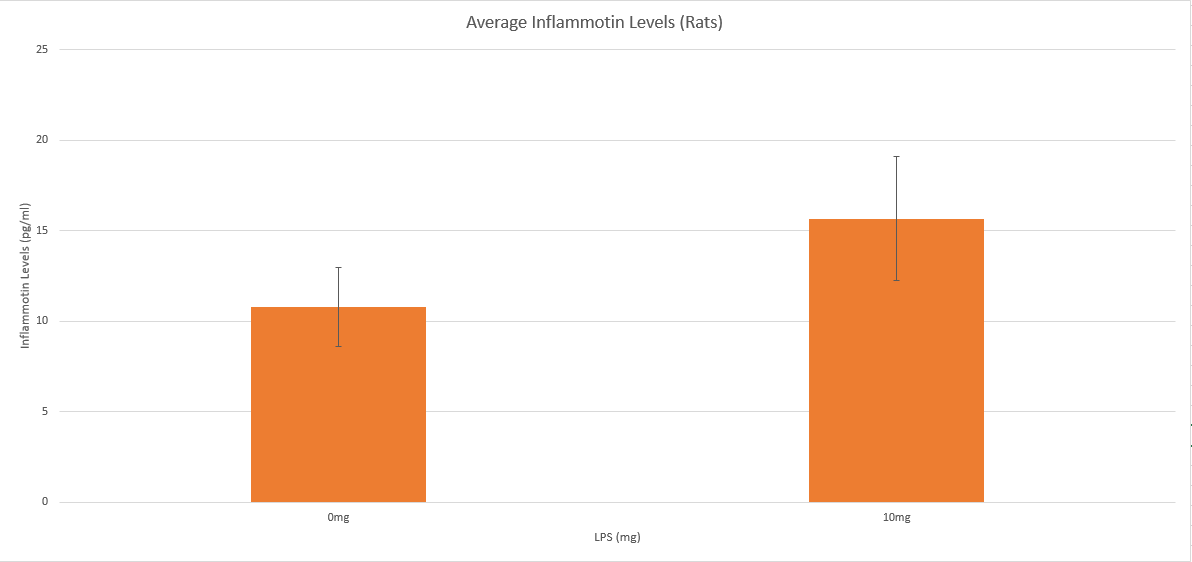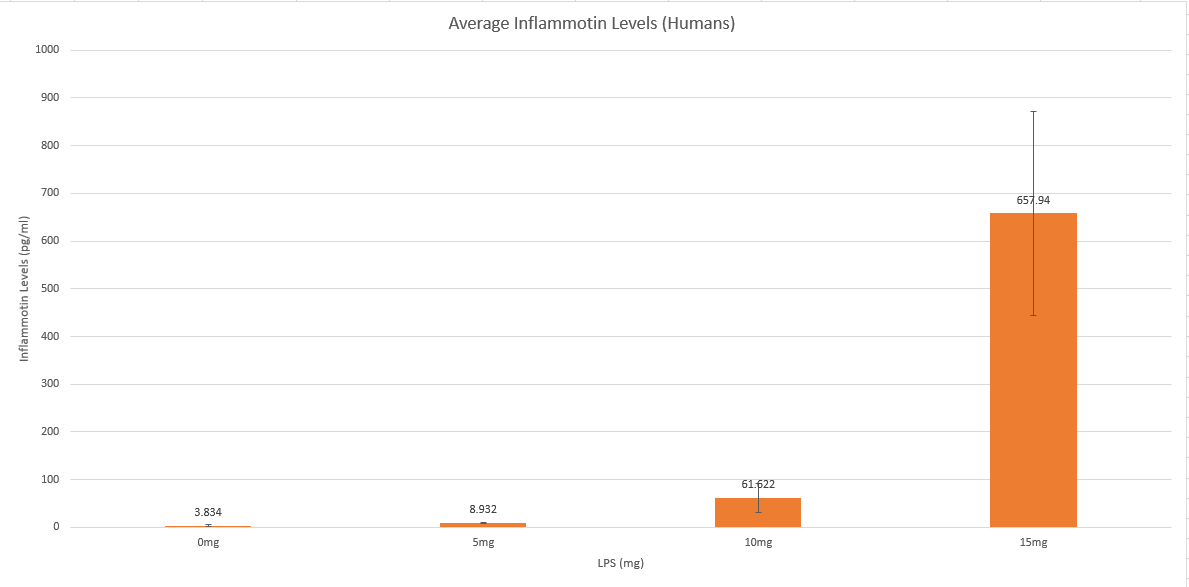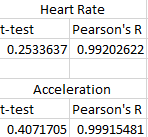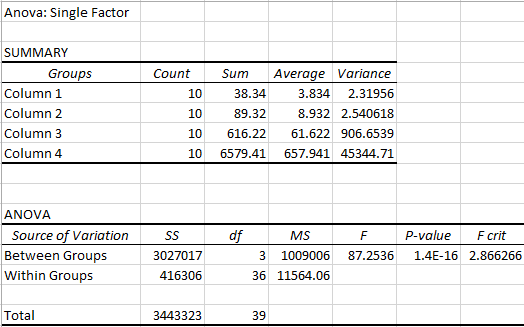BME100 f2014:Group34 L2
| Home People Lab Write-Up 1 | Lab Write-Up 2 | Lab Write-Up 3 Lab Write-Up 4 | Lab Write-Up 5 | Lab Write-Up 6 Course Logistics For Instructors Photos Wiki Editing Help | |||||||
|
OUR TEAM
LAB 2 WRITE-UPDescriptive Statistics
Results
Analysis
Summary/DiscussionAn initial experiment was conducted by Kristen using rats and as expected with an increase in LPS there was a significant increase in the Inflammotin protein levels as well.Later a second experiment was conducted with elderly people at her grandmother’s retirement center. She then ran an ELISA to measure Inflammotin protein levels in both experiments through blood samples collected from her subjects. In the Rat experiment, levels of Inflammotin were found to be relatively consistent when the rats had taken 0mg of LPS. This is to be expected as the rats are not under the influence of any drug, and it shows they are not being affected by any other outside factors. The other set of rats, which were given 10mg of LPS, had mixed results. The data shows some rats had higher levels of Inflammotin in comparison to the rest. This could attributed to many different reasons. As a result, testing LPS on rats is not a good indication of the drug’s effect on humans. After running a t-test, we found the p-value to be much greater than 0.05, therefore yielding no statistical significance. In the second experiment, the levels of inflammotin appear to be increasing exponentially with increasing doses of LPS. With four times as many test subjects, Kristen was able to achieve better results than the previous experiment with only ten rats. It is important to note the outlier in the 15mg group, as this could mean the drug does not work equally with everyone. After running the single factor ANOVA test and the six post-hoc t-tests, we found each of the six comparisons to be statistically significant since the adjusted p-values were all less than the Bonferoni Correction. Despite not finding a statistical difference in the rat experiment, Kristen did find significance with the human tests, therefore opening the way for further testing. |
|||||||






